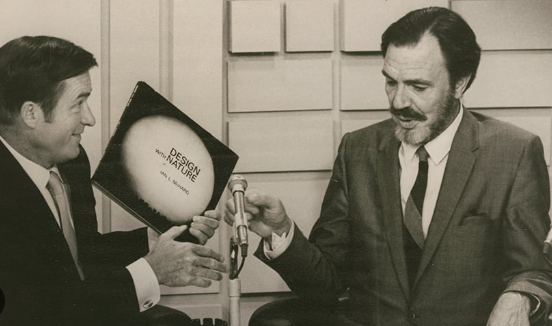Exploring the Legacy of Ian McHarg: A Pioneer in Environmental Design
Ian McHarg, a distinguished landscape architect and planner, transformed the way we think about the environment and our relationship to it. His work remains relevant as we face ongoing challenges in urban planning, sustainability, and ecological conservation. In this article, we’ll delve into the life and contributions of McHarg, shedding light on his visionary approach that integrates nature with urban development.
The Birth of Environmental Design
Ian McHarg was a revolutionary figure who popularized the concept of “environmental design,” a practice that emphasizes the importance of ecological considerations in physical planning. His seminal book, “Design with Nature,” published in 1969, challenged traditional methods of urban development by advocating for landscapes that harmonize with natural systems. McHarg’s approach was groundbreaking; he introduced techniques such as layering maps to visualize environmental data and understand the implications of design decisions. This method has influenced generations of architects, planners, and environmentalists, urging them to consider ecological impact in their work.
Principles of Sustainable Planning
At the core of McHarg’s philosophy is the idea that landscapes should be designed sustainably, respecting natural processes and promoting biodiversity. He argued that urban environments could integrate green spaces, wetlands, and wildlife habitats—creating a balance between human needs and the natural world. McHarg’s emphasis on site-specific analysis has become a cornerstone of contemporary environmental planning, ensuring that developments are not only functional but also ecologically viable. His principles encourage us to view planning as a collaborative effort with nature, rather than an imposition upon it.
Inspiration for Future Generations
McHarg’s influence extends beyond his own projects; he inspired a global movement toward more sustainable practices in architecture and urbanism. As climate change and environmental degradation become increasingly urgent issues, McHarg’s teachings are more relevant than ever. His work encourages architects and planners to rethink not just where we build, but how we do so—urging them to incorporate green roofs, urban forests, and sustainable drainage systems. By applying these principles, we can create livable spaces that contribute to the health of our planet.
In conclusion, Ian McHarg’s legacy is a powerful reminder of the responsibility we hold in design and planning. As we continue to face environmental challenges, let’s embrace his vision of harmonizing human activity with the natural world. To learn more about Ian McHarg and to explore how his ideas can inform current practices, consider diving deeper into his published works or participating in local environmental design initiatives. Together, we can foster a future that is both innovative and sustainable.

